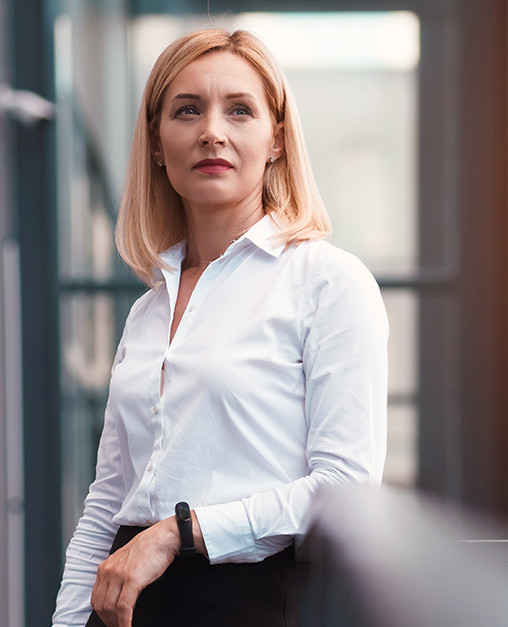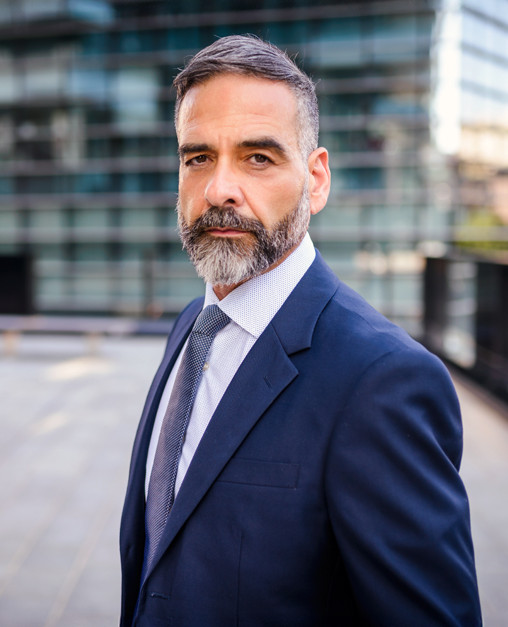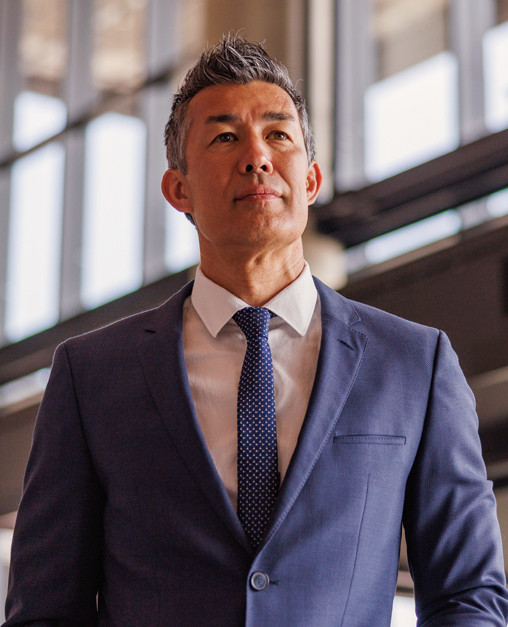- Platform
- Overview
Transform your business with our end-to-end platform
- Digital experience
Offer your clients hyper-personalized digital banking
- Client management
Equip your front office with powerful tools
- Investment management
Harness powerful capabilities to grow your business
- Trading
Manage the full trading process on one platform
- Lending and credit
Provide clients with a wide range of debt solutions
- Payments
Get coverage of all major payment schemes
- Treasury, risk and compliance
Manage risk with our treasury and regulatory capabilities
- Data analytics
Uncover insights from multiple data sources
- Integration
Connect with third-parties via the latest technology
- Overview
- Solutions
- Services
- Services
- Education
- Insights
- About
- Careers






































